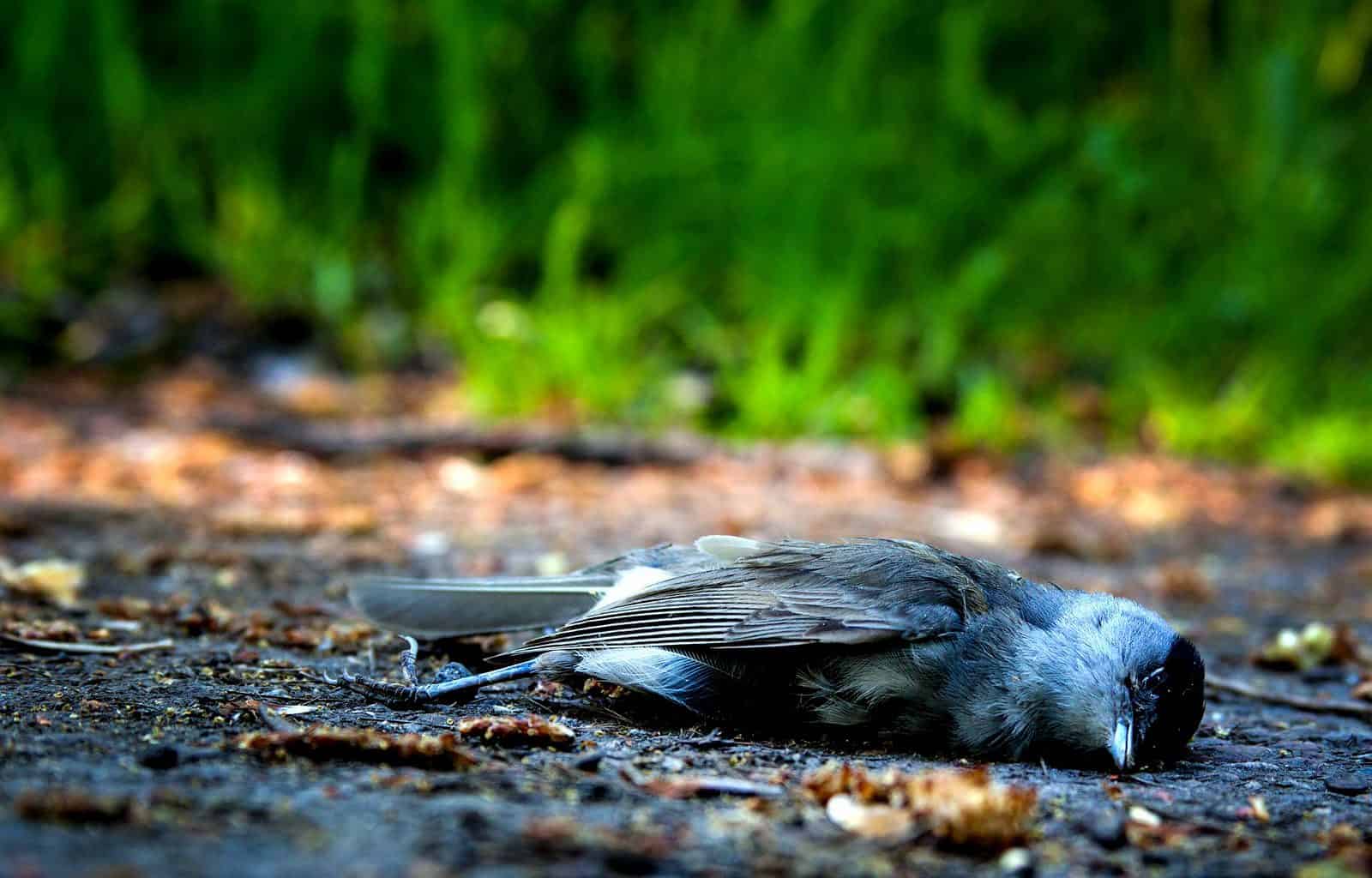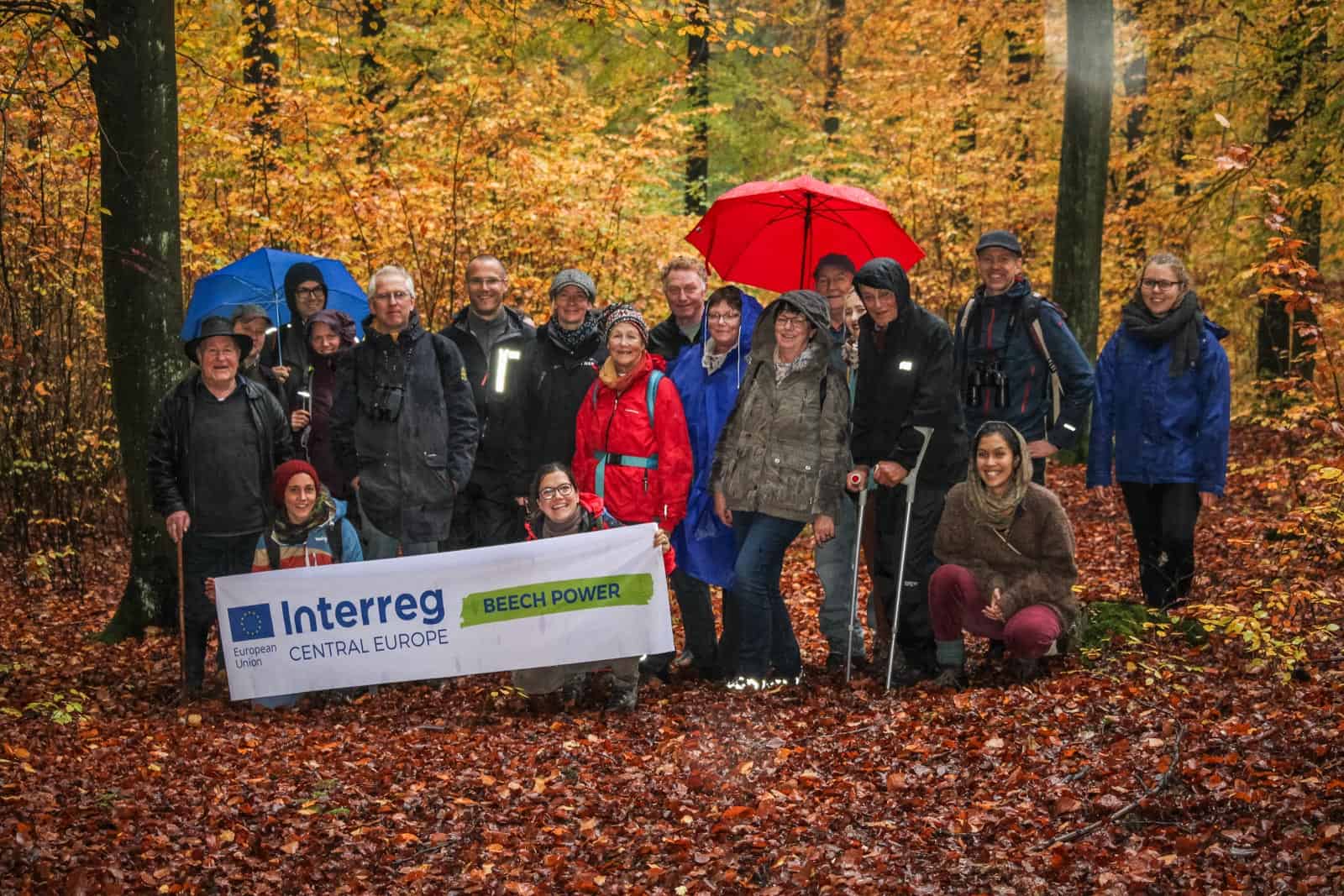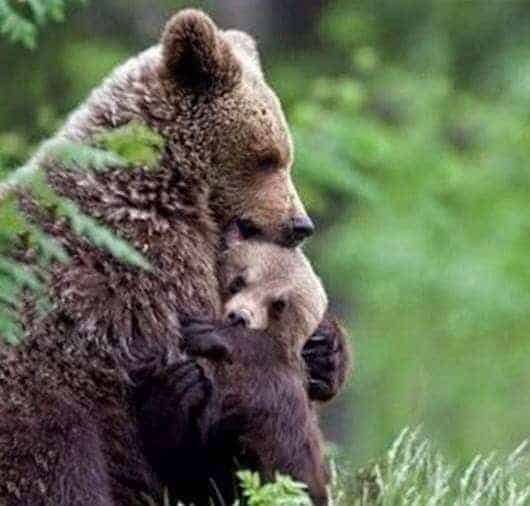Instead of poached eggs, poached birds on the plate
Illegal wildlife trade is a significant threat to the survival of many charismatic species, including elephants, rhinos or saigas. The demand for the products from these animals is so high that hunting (or often, poaching), is above sustainable levels. While the issues related to poaching and illegal trade often seem far away from Europe and focusing on large, charismatic mammals, it is surprisingly common even in our neighbourhood. Birds, a highly charismatic and well-studied group of species, is also under threat from illegal trade in the Western Balkans and other wildlife crime in the region.
BirdLife Slovenia (DOPPS) published a new report on illegally killed and trafficked birds in Slovenia, based on the work they have conducted in the past two years. The report shows surprisingly high estimates of bird poaching in Slovenia. It is estimated that between 14 000 and 49 000 birds are poached each year in Slovenia. As poaching is an illegal and thus unreported activity, it is hard to get more accurate estimates of the numbers. Poachers kill both large birds, such as Eurasian eagle-owl or griffon vulture, and smaller songbirds. Many of the birds have protected status and poaching also occurs within protected areas.
Illegal trade for food
There are more reasons for poaching, including the fore-mentioned illegal bird trade. Italy and Malta represent two large black markets for the consumption of wild songbirds. There, sold as Italian fare, they are a delicacy in restaurants. In this trade, Slovenia is mostly a transit country for the transport of dead birds from Serbia, Montenegro, Bulgaria and Romania. It is estimated that the trade is worth about 10 million € per year. In Slovenia, over 31 000 birds have been confiscated during trafficking in the last 20 years. While the numbers have decreased since 2013, this is likely not the result of less trade. In that year, Croatia entered the EU, therefore the border control became less strict with less trafficking discovered. It is estimated that between 34 000 and 172 000 birds are transported across Slovenia yearly.
Why else are birds killed?
However, while many birds die to be eaten on a plate, there is a lot of other crime against birds as well. For example, house owners destroy between 50 and 250 house martin’s nests each year, mainly because the bird’s faeces bother them. Yet, it would be so much simpler and less cruel to build a shelf under a nest to solve the same problem.
In addition, many fish-eating species, such as cormorant and grey heron, are shot each year near fish farms. This is likely the result of the conflict between the birds eating the fish and the fish farm owners. This is a typical example of human-wildlife conflict alike to that between humans and large carnivores like wolf and bear. Such conflict can also be fatal for birds of prey. A well-known example is the hen harrier in the UK. The bird is frequently illegally persecuted because it preys on red grouse bred for sport shooting.
Besides shooting and various methods of trapping, birds are also frequently poisoned. In 2018, over 150 black-headed gulls died in a single poisoning event. However, most poisoning in Slovenia is likely not intentional but rather the result of negligent or illegal use of poisons.
Despite the large number of birds killed each year, the difficulty in detecting and recording these cases makes it very hard to persecute these offences. In fact, likely less than 10% of all cases are examined. The way forward to reduce such wildlife crime is through better law enforcement in detection and reporting of the cases.








